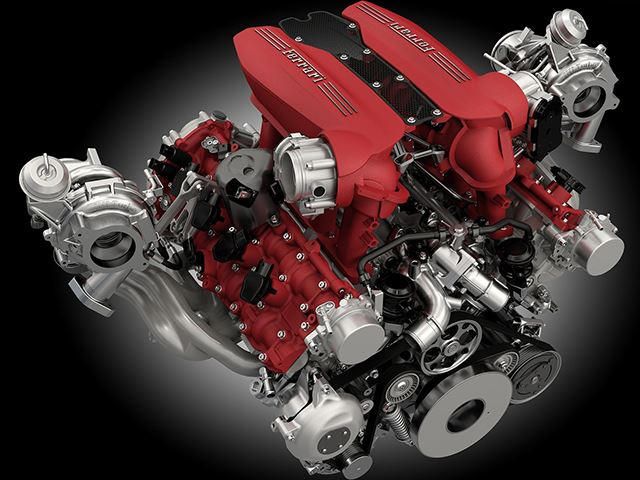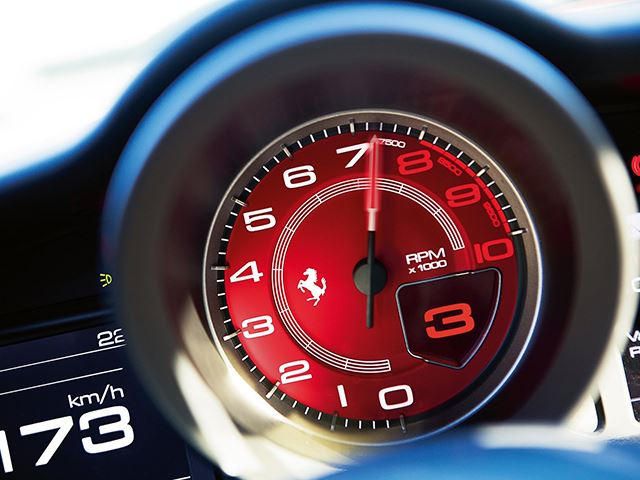
In America, the words "flat-plane crank" have been kept out of the list of car vocabulary terms simply because almost no American V8s have them. A flat-plane crankshaft seemed exotic because it was something that was seen in a Ferrari informational pamphlet, but other than that it held little relevance to American drivers. Then the Mustang GT350 came along, and similar to how Chevy rampantly advertised the "Flowtie" on the ZL1 Camaro, Mustang decided to highlight the new GT350's crankshaft as a step away from tradition.
So what exactly is a flat-plane crankshaft and how does it change a car's personality compared to a cross-plane shaft? Without peeking under the hood, the most notable difference between the two crankshafts is the engine note. Engines with flat-plane cranks have shrill, metallic and high-pitched voices that sound like a blender full of bolts. They also feature sky-high rev limits and react more quickly to throttle inputs to make it so the engine "blips" when the gas pedal is poked. A car with a flat-plane crank has more of a racy feel due to the fact that the engine vibration shakes things apart like an unrefined racecar. On the other hand, a cross-plane crank, the type found in a Corvette, has traditional muscle car characteristics.
Listen to the the Corvette and hear how the cross-plane makes its presence known.
Meanwhile, Ferrari does things a bit differently, with a high-pitched and shrill exhaust note, a high rev limit, and lightning quick throttle response.
The cross-plane crank makes it so drivers and passengers don't have to suffer concussions when idling in traffic. So what does this all look like when the engine is dissected? The crankshaft is tasked with turning the up and down motion of the pistons into rotating motion. Using this analogy, it is easy to spot the most visible difference between the two crankshafts: the angle at which the crank journals sit relative to each other. On a cross-plane crank, the journals sit 90 degrees away from each other. When looking at this type of crank dead-on from the axis, it looks like a plus symbol (+). On a flat plane crank, the journals sit 180 degrees away from each other like a subtraction symbol (-).
As it turns out, each type of crankshaft has a different set of dynamics that alter the character of the engine and the car as a whole. The low revving personality of a cross-plane crank is due to the fact that the crankshaft needs counterweights on two planes. This added weight gives the crankshaft more rotating mass, which in turn limits how high the engine can rev. The additional mass also makes for more inertia, and this is why a Corvette engine is slow to respond to throttle input. On the other hand, this weight gives the engine more torque than a flat-plane crank engine. Meanwhile, a flat-plane crank only needs counterweights on a single-plane to balance the engine. This has the opposite effect on the motor than the cross-plane crank.
Less rotating mass means that the engine can rev to the stratosphere without spinning apart. Case in point, the Corvette has a 6,500 RPM redline while a Ferrari 488 GTB can rev all the way up to 8,000 RPM. Another advantage of the flat-plane crank is that it has less inertia, which is why Ferrari engines can change speeds with the agility of a cat while a cross-plane cranked muscle car responds to changes like a strong and lazy gorilla. It's cool to see how such a seemingly small difference can have a large impact on a car's character. In an era where muscle cars are evolving to be good all-round sports cars, the flat plane crank adds to this by bringing the drama, noise, and response of an exotic to the sub-$50,000 price bracket.



